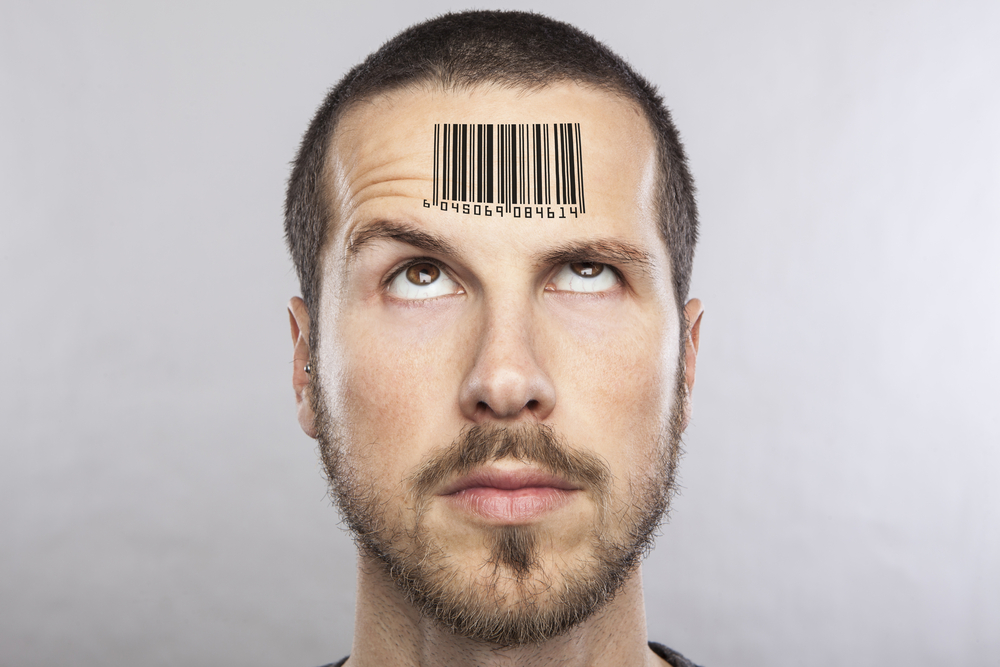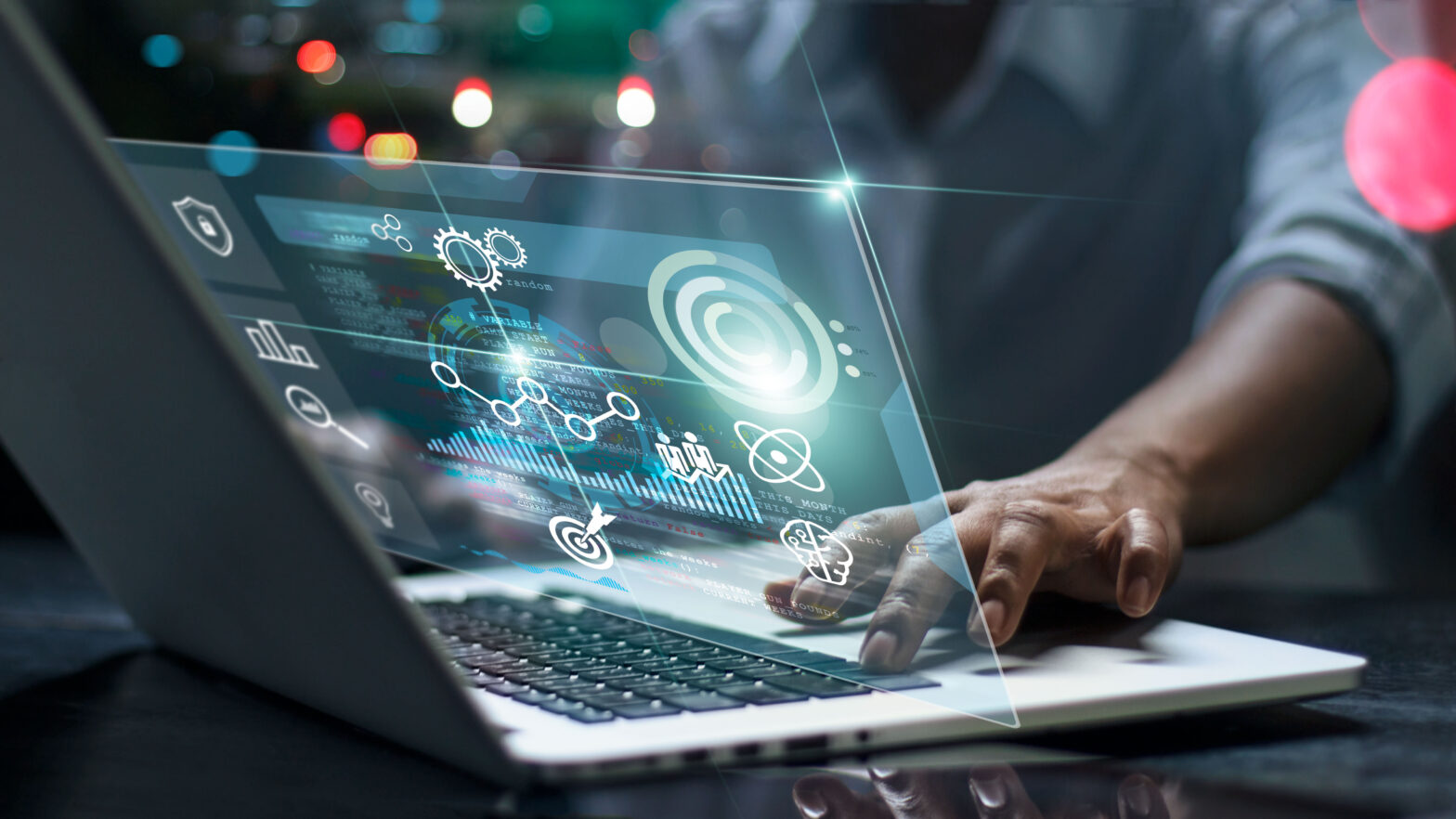In the lead up to Black Friday, Cyber Monday and Christmas, every retail leader is looking for better ways to understand the consumers that walk through their shop doors. Using enterprise metrics and KPIs (key performance indicators) can often influence decisions on which channels, investments, initiatives and strategies are working, and provide the reasons for their success.
Online merchants have the advantage of being able to retain a complete overview of information around their customers and their buying habits – for example which parts of the site are clicked on and what items customers look at the most – however ‘bricks and clicks’ retailers are in a position of disadvantage, with many struggling to gather similar types of information in-store.
> See also: How to get ready for omnichannel collaboration in retail
With major shopping days looming, more and more consumers will be taking to the high street to buy items over the coming weeks, with research suggesting that footfall on Black Friday will be 11.5% higher than 2014.
In shops, there are less ways to understand what the consumer habits are, so how can retailers decode in-store customer behaviour? How can retailers bring light to the ‘black box’ that is in-store?
To do this, a combination of digital technologies, innovative business processes and effective execution and monitoring is key. To get started, low energy solutions such as beacons and Bluetooth can decode customers’ ‘Path to Purchase’ behaviour.
Beacon technology today is gaining fast acceptance and many retailers are attempting different ways of applying this technology to create a unique customer experience in-store.
While some are leveraging beacons to recognise where a specific customer is in a store and as a result send out push notifications highlighting relevant items, there are platforms emerging which can let retailers do more. For instance, mapping the beacons to store floor plans and then continuously tracking the path of a customer in store can now bring out the clickstream equivalent of ‘Path to Purchase’ consumer behaviour.
This data is a powerful starting point to gather customers’ insights either for real-time actions, when combined with customer specific data (for example wish lists or past purchase history) or even for post-purchase analysis when combined with transaction data.
> See also: In-store personalisation: is it creepy or cool?
Some questions to consider when gathering data through these types of technology might be:
- Which are the high traffic areas in the store? Is there a need to re-plan and re-direct the workforce?
- If a customer’s purchase path is chaotic, does it suggest he or she is in need of assistance?
- In which parts of the store do customers dwell more? Are there more sales from products around these specific locations?
- What is the typical store navigation path? Can a retailer optimise its stores’ floor plans?
- What is the relationship from online to offline behaviour, from a customer’s clickstream and in-store ‘Path to Purchase’ data? Did customers who viewed a certain product in store ultimately buy that item online? Therefore, should a retailer be ‘showrooming’ more items instead of offering the clothes in store?
While all this is possible and the technology is available to enable retailers to look into the behaviour of its shoppers, the methods used do bring up some privacy concerns.
While online retailers do regularly track shoppers’ online browsing behaviour, shoppers are uncomfortable when this is done in store. When high-end American department store Nordstrom disclosed that it was tracking customers through Wi-Fi signals on their smartphones, it faced a backlash and stopped the technology from being trialled in store.
Ultimately, bricks and mortar stores will continue to remain one of the customer touch points in an increasingly omnichannel world and, whilst high street stores have recently seen lower footfall in the UK, they are not going away anytime soon.
Stores can still stay relevant provided retailers innovate and use the correct technologies to keep moving forward; beacon technology is just the start to understanding consumer behaviour and how to enhance the customer experience.
Sourced from Anitha Rajagopalan, Retail Consultant, Happiest Minds










